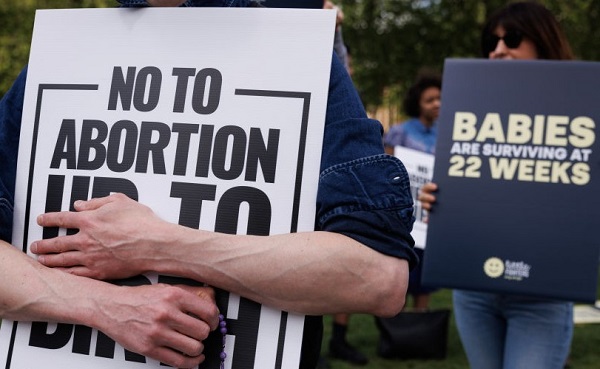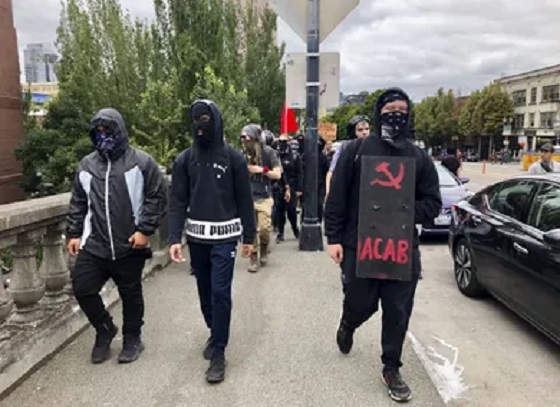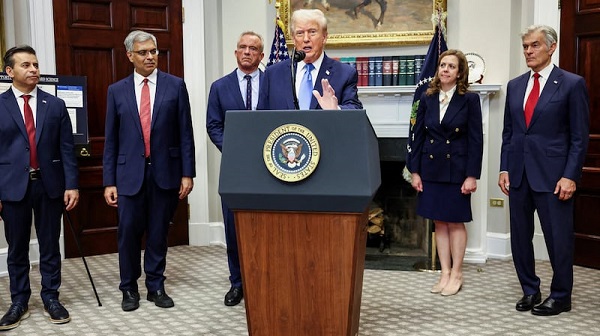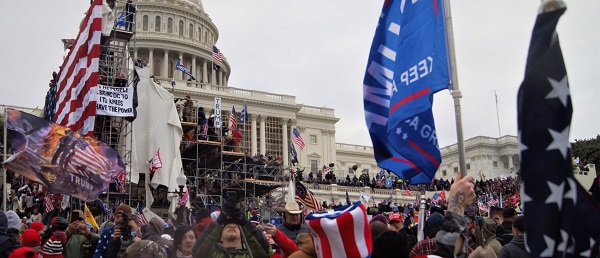Indigenous
Carney’s Throne Speech lacked moral leadership
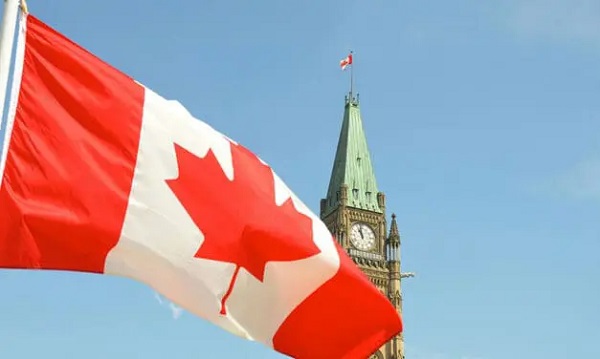
This article supplied by Troy Media.
 By Susan Korah
By Susan Korah
Carney’s throne speech offered pageantry, but ignored Indigenous treaty rights, MAID expansion and religious concerns
The Speech from the Throne, delivered by King Charles III on May 27 to open the latest session of Parliament under newly elected Prime Minister Mark Carney, was a confident assertion of Canada’s identity and outlined the government’s priorities for the session. However, beneath the
pageantry, it failed to address the country’s most urgent moral and constitutional responsibilities.
It also sent a coded message to U.S. President Donald Trump, subtly rebuking his repeated dismissal of Canada as a sovereign state. Trump has
previously downplayed Canada’s independence in trade talks and public statements, often treating it as economically subordinate to the U.S.
Still, a few discordant notes—most visibly from a group of First Nations chiefs in traditional headdresses—cut through the welcoming sounds that greeted the King and Queen Camilla on the streets of the capital.
The role of the Crown in Canada’s history sparked strong reactions from some Indigenous leaders who had travelled from as far as Alberta and Manitoba to voice their concerns.
“It’s time the Crown paid more than lip service to the Indigenous people of this country,” Chief Billy-Joe Tuccaro of the Mikisew Cree First Nation told me as he and his colleagues posed for photographs requested by several parade spectators. “We have been ignored and marginalized for far too long.”
He added that he and fellow chiefs from other First Nations were standing outside the Senate chamber as a symbol of their status as “outsiders,” despite being the land’s original inhabitants.
Shortly after Carney’s election, Tuccaro and Chief Sheldon Sunshine of the Sturgeon Lake Cree Nation sent him a joint letter stating: “As you
know, Canada is founded on Treaties that were sacred covenants between the Crown and our ancestors to share the lands. We are not prepared to accept any further Treaty breaches and violations.” They added that they looked forward to working with the new government as treaty partners.
Catholics, too, are being urged to remain vigilant about aspects of the government’s agenda that were either only briefly mentioned in the throne
speech or omitted altogether. On April 23, just days before Carney and the Liberals were returned to power, the Permanent Council of the Canadian Conference of Catholic Bishops issued a statement outlining what Catholics should expect from the new government.
“Our Catholic faith provides essential moral and social guidance, helping us understand and respond to the critical issues facing our country,” they wrote. “As the Church teaches, it is the duty of the faithful ‘to see that the divine law is inscribed in the life of the earthly city (Gaudium et Spes, n. 43.2).’”
The bishops expressed concern about the lack of legal protection for the unborn, the expansion of eligibility for medical assistance in dying (MAID)—which allows eligible Canadians to seek medically assisted death under specific legal conditions—and inadequate access to quality palliative care. They also reaffirmed the Church’s responsibility to walk “in justice and truth with Indigenous peoples.”
Although the speech emphasized tariffs, the removal of trade barriers and national security, it made no mention of the right to life, MAID or the charitable status of churches and church-related charities—a status the Trudeau government had considered revoking for some groups.
On Indigenous issues, the government pledged to be a reliable partner and to double the Indigenous Loan Guarantee Program from $5 billion to $10 billion. The program supports Indigenous equity participation in natural resource and infrastructure projects.
Canada deserves more than symbolic rhetoric—it needs a government that will confront its moral obligations head-on and act decisively on the challenges facing Indigenous peoples, faith communities, and the most vulnerable among us.
Susan Korah is Ottawa correspondent for The Catholic Register, a Troy Media Editorial Content Provider Partner.
Troy Media empowers Canadian community news outlets by providing independent, insightful analysis and commentary. Our mission is to support local media in helping Canadians stay informed and engaged by delivering reliable content that strengthens community connections and deepens understanding across the country.
Fraser Institute
Aboriginal rights now more constitutionally powerful than any Charter right
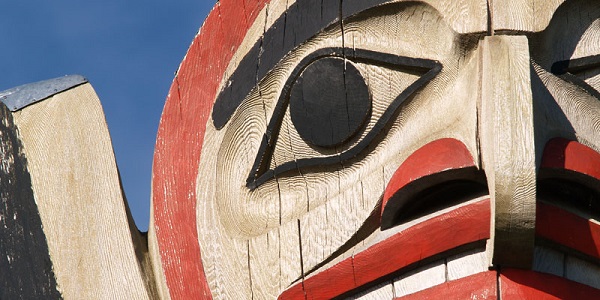
From the Fraser Institute
By Bruce Pardy
A judge of the British Columbia Supreme Court recently found that the Cowichan First Nation holds Aboriginal title over 800 acres of government land in Richmond, British Columbia. Wherever Aboriginal title is found to exist, said the court, it’s a “prior and senior right” to fee simple title, whether public or private. That means it trumps the property that Canadians hold in their houses, farms and factories.
In Canada, property rights do not have constitutional status. No right to property is included in the Charter of Rights and Freedoms. Fee simple title is merely a gloss on the state’s constitutional authority to tax, regulate and expropriate private property as it sees fit. But Aboriginal rights are different. They have become more constitutionally powerful than any Charter right.
In 1968, then-Justice Minister Pierre Trudeau released a consultation paper that proposed a constitutional charter of human rights. It was the first iteration of what would become the Charter. In the paper, Trudeau proposed to guarantee a right to property. So did drafts that followed. But some provincial governments were dead set against entrenching property rights. By 1980, property had been dropped from proposals. The final version of the Charter, adopted in 1982, does not mention it. Canada’s Constitution does not protect property rights.
Except for Aboriginal property. Trudeau’s 1968 paper made no mention of Aboriginal rights, nor did drafts leading up to the 1980 proposal. Aboriginal groups and their supporters launched a campaign to have Aboriginal rights recognized. They succeeded just in time. Section 35, essentially an afterthought, recognized and affirmed the “existing aboriginal and treaty rights of the aboriginal peoples of Canada.” That section was put into the Constitution but not as part of the Charter. That might sound like section 35 is weaker than a Charter right, but it’s the opposite.
Section 35 affirms Aboriginal rights that existed as of 1982. But since 1982, the Supreme Court of Canada has used section 35 to champion, enlarge and reimagine Aboriginal rights. The Court has “discovered” rights never recognized in the law before 1982. In 1997, it articulated a new vision of Aboriginal title. In 2004, it established the Crown’s “duty to consult.” In 2014, it recognized Aboriginal title over a tract of Crown land. In 2021, it gave Aboriginal rights under section 35 to an American Indigenous group.
Now the B.C. court in the Cowichan decision has said that Aboriginal title takes precedence over private property. Last November, a judge of the New Brunswick King’s Bench suggested similarly. Where a claim of Aboriginal title succeeds over land held in fee simple, she said, the court may instruct the government to expropriate the private property and hand it over to the Aboriginal group.
Governments and legislatures have shown little inclination to turn back these developments. But even if they wanted to, the Constitution stands in the way.
Section 33 of the Charter, the “Notwithstanding clause” (NWC), allows provincial legislatures and the federal Parliament to enact legislation notwithstanding the Charter rights guaranteed in sections 2 and 7 to 15. That means that they can pass statutes that might infringe these Charter rights. Use of the NWC clause prevents courts from striking down the statute as unconstitutional. The main part of the NWC reads:
33. (1) Parliament or the legislature of a province may expressly declare in an Act of Parliament or of the legislature, as the case may be, that the Act or a provision thereof shall operate notwithstanding a provision included in section 2 or sections 7 to 15 of this Charter.
Section 35 is not part of the Charter. It is not subject to the NWC. Legislatures cannot ignore it, legislate around it, or change its meaning. Barring a constitutional amendment, courts have exclusive domain over the scope and application of section 35. In the constitutional hierarchy, Aboriginal rights rest above the “fundamental freedoms” and rights of the Charter.
Lest there was any doubt about that status, section 25 of the Charter spells it out. Charter rights and freedoms, the section says, “shall not be construed so as to abrogate or derogate from any aboriginal, treaty or other rights or freedoms that pertain to the aboriginal peoples of Canada.”
That does not mean that Aboriginal rights are absolute. Legislation or government action may sometimes infringe Aboriginal rights. But courts, not legislatures, control when, where, and under what circumstances that can happen. The Supreme Court of Canada has established the process and criteria by which governments must justify infringements of section 35 to the courts’ satisfaction.
Section 35, like much of the rest of the Constitution, is subject to an onerous amending formula. It cannot be easily changed or repealed.
Frontier Centre for Public Policy
Bloodvein Blockade Puts Public Land Rights At Risk

From the Frontier Centre for Pubic Policy
Silence from leaders endangers the rule of law and risks turning public land owned by all Canadians into political bargaining chips.
The Bloodvein blockade of Crown land is illegal. Canadians must insist on the rule of law, or watch public land quietly slip away
The Bloodvein First Nation in northeastern Manitoba has erected a blockade on Crown land, barring non-Indigenous hunters from accessing a large area surrounding its reserve. While the move may reflect frustration with provincial policies or rising tensions over land use, there’s one inescapable fact: it is illegal.
Yet you wouldn’t know that from media coverage. CBC, for instance, referred to the affected area as “its land,” quoting First Nations leaders and provincial politicians who appear to believe that land surrounding a reserve belongs to the First Nation itself. It does not. The land in question is Crown land—public land owned and managed by governments on behalf of all Canadians, not by any individual or group.
Bloodvein is governed under Treaty 5, which, like other numbered treaties, involved the full cession of land to the Crown. The numbered treaties, signed between 1871 and 1921, were formal agreements between Indigenous nations and the federal government. In exchange for surrendering large territories, First Nations received reserved land, annual payments and the right to hunt and fish on unoccupied Crown land, among other benefits.
The language in Treaty 5 is clear: Indigenous signatories “cede, release, surrender and yield up” all rights and title to the land in question. While the treaty permits hunting and fishing on Crown land, those rights are subject to regulation and can be overridden when land is needed for settlement, resource development or other public uses.
This framework was reinforced in 1930 through the Natural Resources Transfer Agreements, which granted provinces full control over Crown lands and resource management, while protecting treaty-based hunting and fishing rights.
This means Bloodvein residents, like all Indigenous peoples in Manitoba, retain the right to hunt and fish on Crown land, but they do not have the right to prevent others from doing the same.
The Manitoba Wildlife Federation has called the blockade unlawful and urged the government to act. So far, Manitoba Premier Wab Kinew has remained silent. That silence sends the wrong message, not just about this specific dispute, but about the rule of law more broadly.
While public sympathy for reconciliation is real, so too is concern that Indigenous land claims are increasingly encroaching on public and private property rights. Cases like the Cowichan Tribes’ recent title claim, supported by oral history and largely untested assertions of continuous occupation, are raising alarm bells for property owners, especially in British Columbia, where court decisions have cast doubt on long-held ownership rights.
At the heart of these cases is “Aboriginal title”: a legal concept created by Canadian courts that recognizes ongoing Indigenous land rights based on historic occupation, even in the absence of a treaty. These claims, if successful, can override existing property titles and affect both public and private lands.
That concern is compounded by public messaging. Terms like “unceded territory,” “stolen land” and “traditional lands” are now used uncritically in media and government communications. That messaging includes the widespread use of land acknowledgements, statements recognizing that land is historically Indigenous territory. While often intended as gestures of respect, these acknowledgements are also used by some activists to reinforce legal and political claims to land.
Canadians have sat through countless land acknowledgements without being told that these rituals are often linked to broader strategies aimed at asserting expanded territorial control. Many are now asking: How far will this go?
If we are to preserve a fair and functioning system of property rights, the public must insist that governments enforce existing laws, even when it’s politically difficult. Crown land belongs to all Canadians. Indigenous groups have rights, important ones protected by treaty and by law, but so do other Canadians. Those rights must not be overridden by unilateral action or political inertia.
Premier Kinew and other provincial leaders need to reaffirm that the rule of law applies to everyone. That means making it clear: the Bloodvein blockade has no legal standing and should be removed. Canadians—Indigenous and non-Indigenous alike—have equal rights to access public land under the law.
Respect for treaty rights requires clarity and honesty about what those treaties say. They must not be reinterpreted after the fact through the lens of modern politics or public pressure.
Crown land is not a bargaining chip. It’s a trust held for all Canadians. If politicians won’t defend it, then Canadians must—because public land isn’t something we give away to silence criticism. It’s something we defend, together.
Brian Giesbrecht is a retired judge and a senior fellow at the Frontier Centre for Public Policy.
-
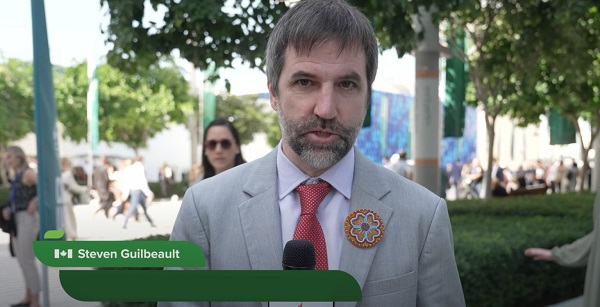
 Censorship Industrial Complex2 days ago
Censorship Industrial Complex2 days agoCanada To Revive Online Censorship Targeting “Harmful” Content, “Hate” Speech, and Deepfakes
-
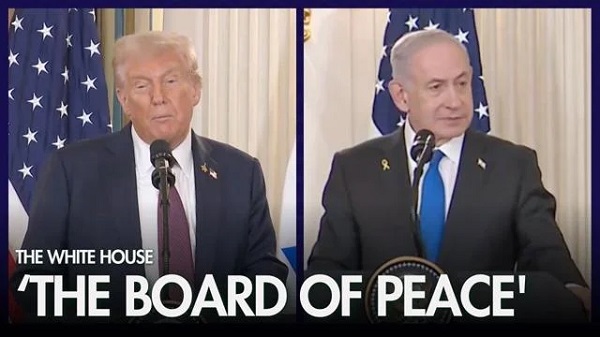
 International2 days ago
International2 days agoTrump, Netanyahu inch closer to peace plan for Gaza
-
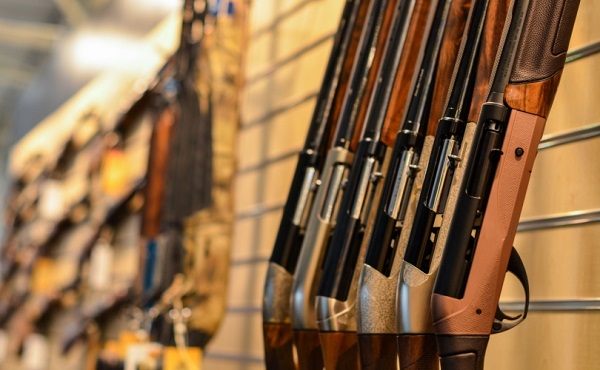
 Alberta2 days ago
Alberta2 days agoAlberta refuses to take part in Canadian government’s gun buyback program
-
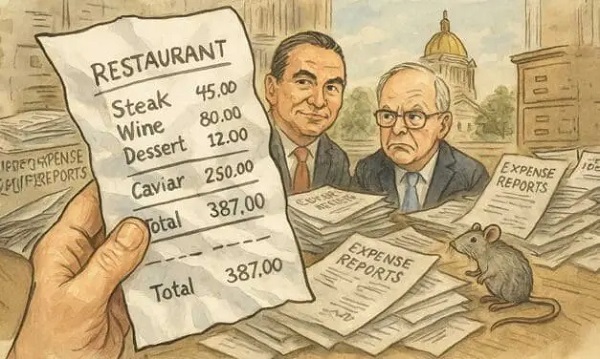
 Business1 day ago
Business1 day agoTaxpayers deserve proof of how politicians spend their money
-
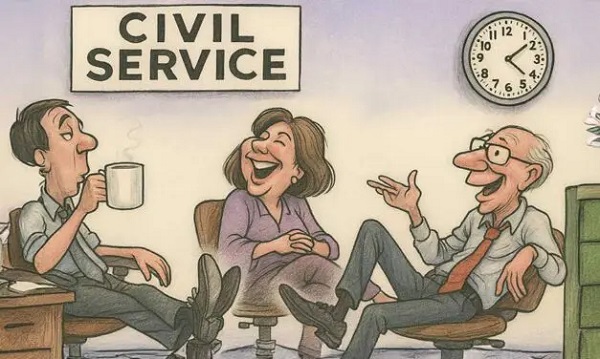
 Business1 day ago
Business1 day agoOttawa’s civil service needs a Chrétien-style reset
-
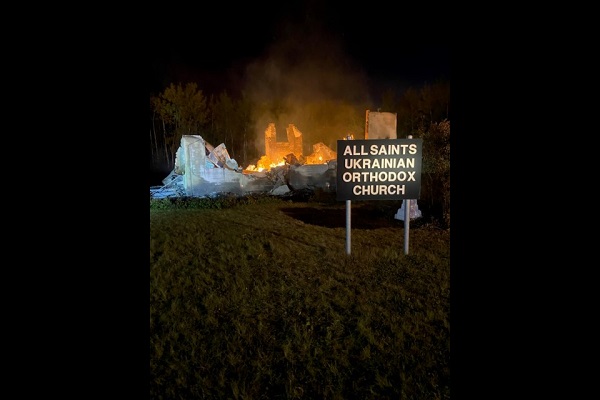
 Alberta2 days ago
Alberta2 days agoOrthodox church burns to the ground in another suspected arson in Alberta
-

 Fraser Institute1 day ago
Fraser Institute1 day agoAboriginal rights now more constitutionally powerful than any Charter right
-

 Alberta1 day ago
Alberta1 day ago$150 a week from the Province to help families with students 12 and under if teachers go on strike next week


